Must-watch Bollywood classics that transcend the limits of time
From 'Mughal-e-Azam' to 'Pyaasa', here are our top picks
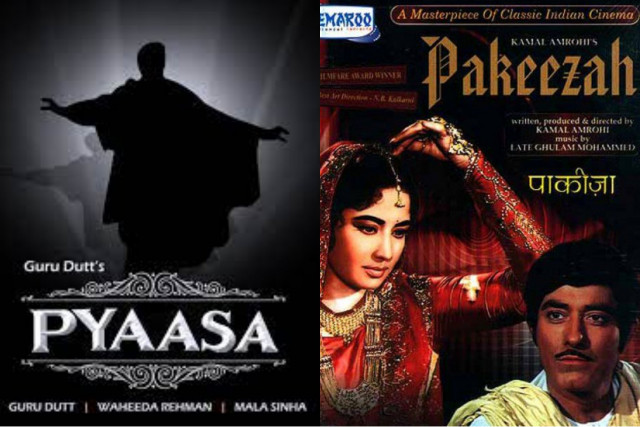
Before the opulence and allure of the Bollywood we know today, with its grand set designs, iconic destinations, flamboyant item numbers, regurgitated scripts interjected with redundant subplots, laced with tinsel pizazz and flair, Hindi cinema was the inimitable musing of master storytellers. It was classic scripts that evoked emotion and enveloped one in the nostalgia for simple and wholesome adventures. For a taste of what Indian cinema used to be, here are six of the most iconic movies that continue to enthral audiences and are a must-see for any Bollywood enthusiast.
Awaara (1951)
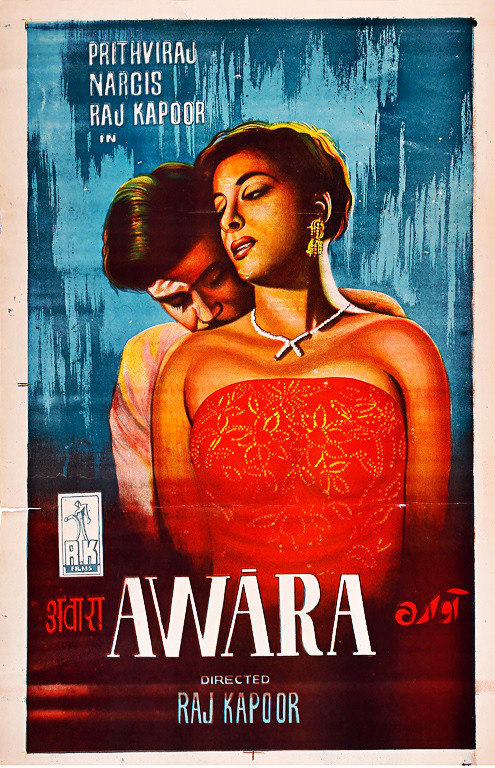
This classic film features the iconic Nargis and cinematic greats such as Shashi and Raj Kapoor. Nargis’s character, a lawyer, summons the strength to prove her beloved’s innocence who is embroiled in a murder case. The story highlights the gaping socio-economic divide that impacts the less privileged and how the lure of petty crime promises an escape from poverty for many.
Aside from a stellar cast and captivating storyline, music maestro Mukesh gave the world the treasured classic Awaara Hoon, a timeless song that has bypassed the confines of time to become a nostalgic piece of instrumental and lyrical genius. The film was an instant cinematic success both nationally and internationally, earning it a nomination at the prestigious Cannes festival of 1953 and, decades later, a mention in a 2003 Time Magazine feature that listed Awaara as one of “10 Indian films to treasure”
Pyaasa (1957)
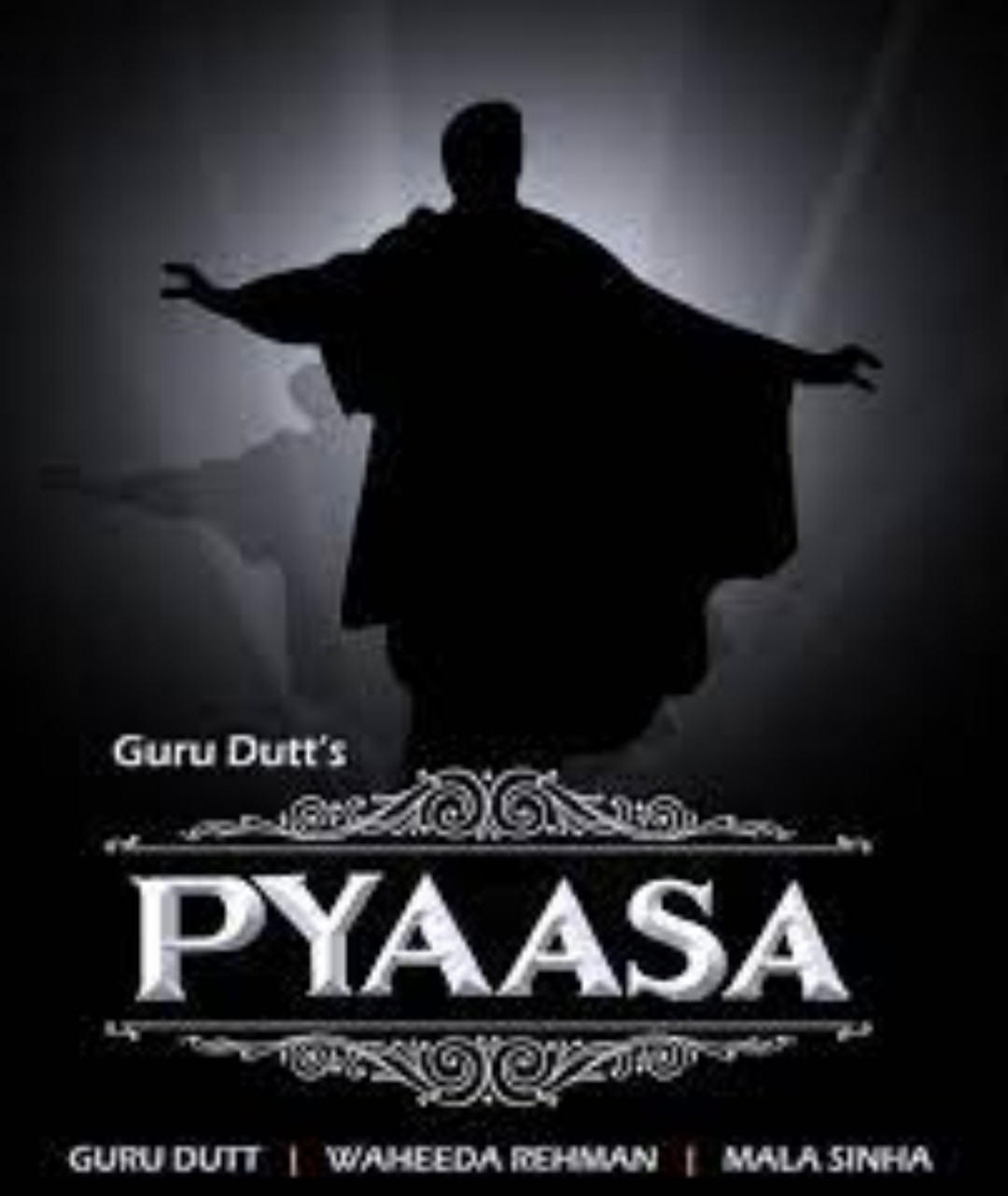
Pyaasa, often regarded as Guru Dutt’s gift to cinema lovers, is a bittersweet drama that sees the versatile Dutt not only helm the project, but also act as a lead in the film. Playing Vijay, a poet struggling with the harsh realities of life, he is often condemned for his aversion to romantic matters of the heart.
The black sheep of the family, he escapes the shadow of his socially acceptable brother for soul searching, only to encounter a string of exploitative and colourful characters, including his old flame who is married to a successful yet villainous publisher who tries to take advantage of the forlorn poet’s vulnerability.
Junglee (1961)
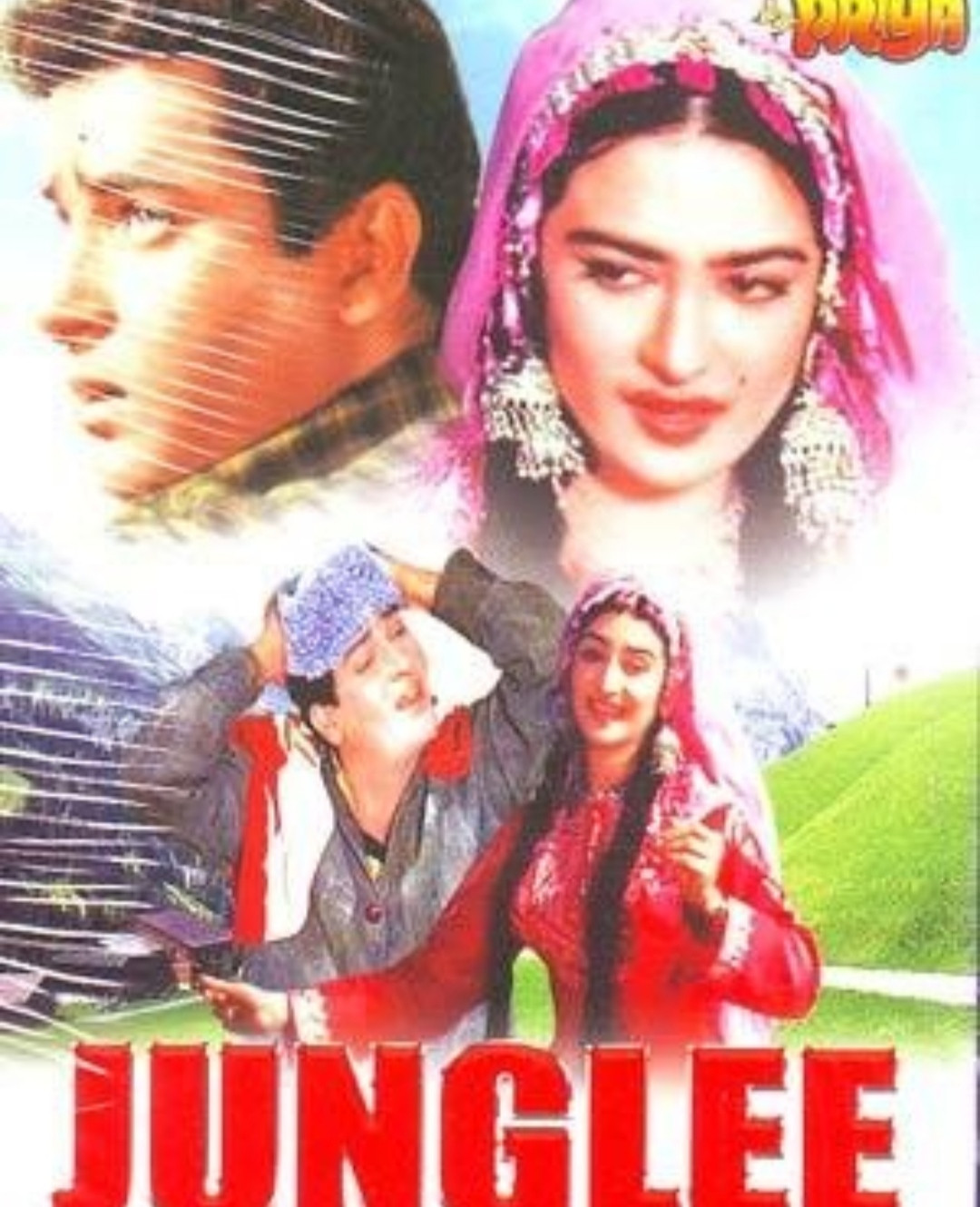
On a lighter note, the film Junglee features comedic brilliance coupled with musical appeal, with the handsome Shammi Kapoor taking on the male lead with Saira Banu by his side. The film’s soundtrack still remains commercially successful with catchy numbers such as Chahe Koi Mujhe Junglee Kahe, Aai Aai Suku Suku and Kashmir ki Kali.
Shekhar (Kapoor) is a London returnee who steps into his family’s business while emulating his mother’s strict rules; laughter and fun are frowned upon in this aristocratic family. In a bid to steer his free-spirited sister, Mala, away from an affair with an unsuitable boy, Shekhar and his mother concoct a plan to take her to Kashmir in the hopes the romance would fizzle out. Unbeknownst to Shekhar, he falls head over heels for local beauty Rajkumari (played by Banu) who shows him the lighter side of life and forces him to acknowledge things aren’t always black and white.
Mughal-e-Azam (1962)
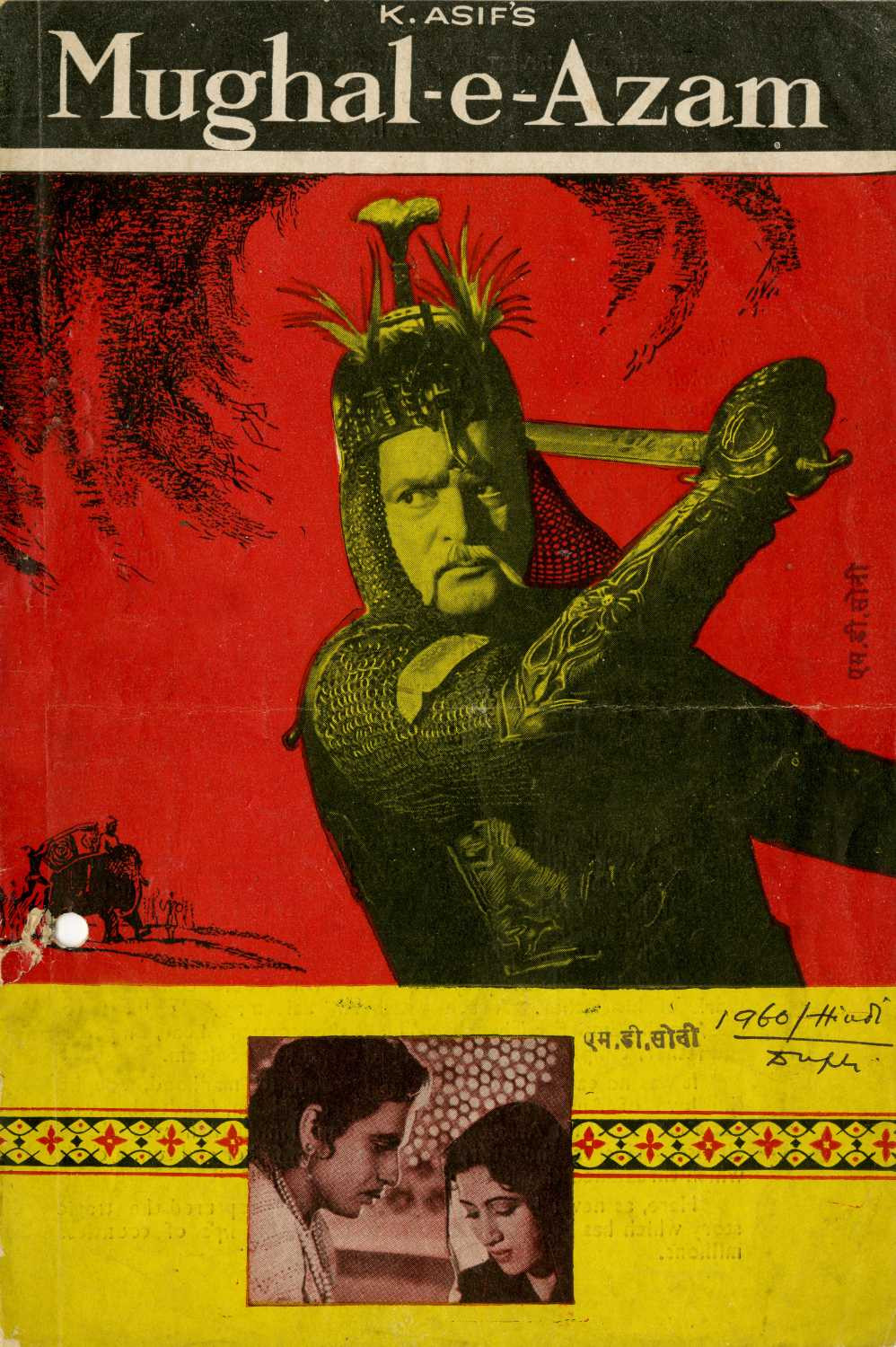
The 1960s saw the arrival of some of the most iconic movies, songs and characters in Indian Cinema. One of the most successful films of the time was Mughal-e-Azam, which went on to become the first Indian movie to be colourised, introducing audiences to a world of bright colours and vivid visuals.
The forbidden love story of Anarkali, played by Madhubala, and Saleem, played by Dilip Kumar, captivated viewers, with the film continuing to draw us into a bygone era of Mughal riches and splendour. The film almost did not see the light of day with setbacks in production and financial uncertainty. The grand soundtrack and breathtaking kathak choreography added to the magnetism of this period drama, giving us the iconic Pyaar Kiya To Darna Kya, which has made appearances in both theatrical productions and film, as well as television.
Pakeezah (1971)
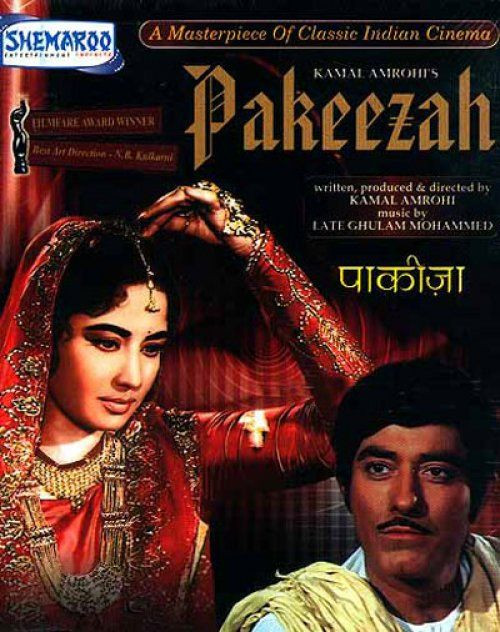
Pakeezah shed light on the life of a courtesan in Lucknow India and how society views women born into a life they did not choose for themselves. Highlighting the values and morals society enforces upon us, Pakeezah grapples with the concept of passing time and the strict values of the Muslim quarter of Lucknow in the period that the film is set. Without giving too much away, the film defies all convention to make way for acceptance and undoing past wrongs.
Masoom (1983)
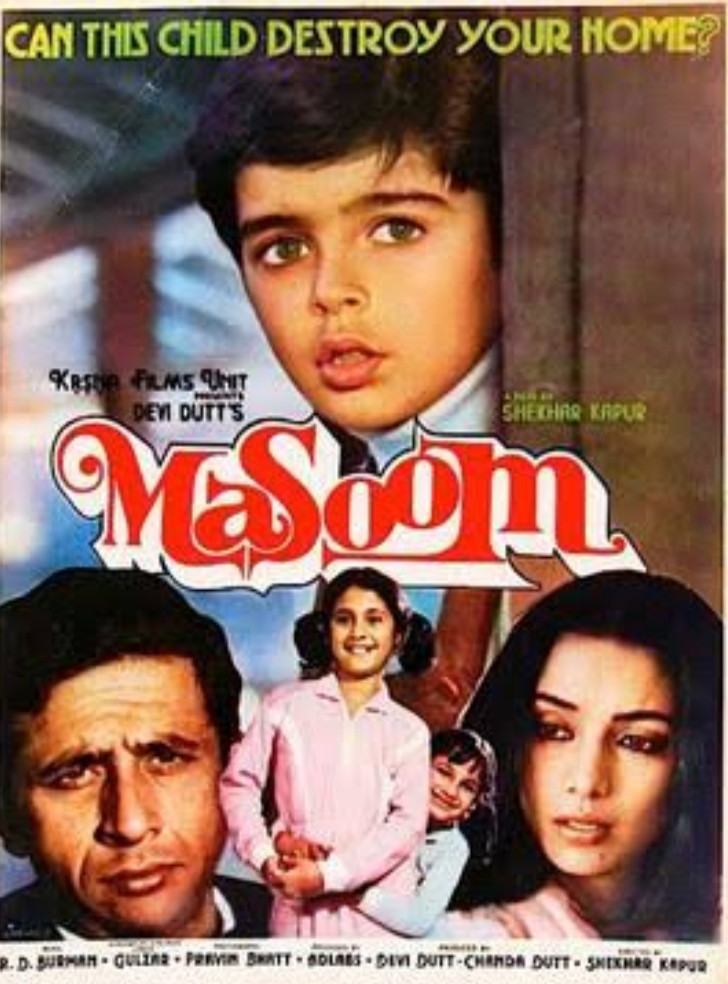
While the 1980s were an eventful time for Indian cinema with hits, misses and many commercially-viable plots, Masoom was a niche feature. The film is an adaptation of the 1980 novel Man, Woman and Child by Erich Segal.
The film reflects on the nature of relationships forged through infidelity and the process of navigating the delicate bond between step families. Shabana Azmi’s character in the film is forced to come to terms with the façade of marital bliss when her husband’s (played by Shah) son from a previous affair is brought into their lives. The story follows her journey with grief and the process she undergoes to come to terms with what has happened. A rollercoaster of emotions, this film makes you step back and reevaluate all your connections.
Some honorary mentions include female-centric Mirch Masala and the hilarious Andaz Apna Apna, featuring the talents of young Amir Khan, Salman Khan, Karisma Kapoor and Raveena Tandon. No list of all-time greats is complete without the cult classic Dil Wale Dulhaniya Le Jayengay, the Oscar-nominated Lagaan, romantic Mughal epic Jodha Akbar, Baarfi and the feel-good film Zindagi Na Milegi Dobara. Indian cinema continues to give us movies that make their way into our hearts and introduce us to the talents and skills of thespians across Bollywood.

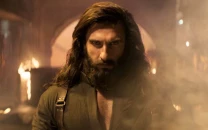

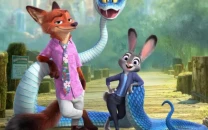

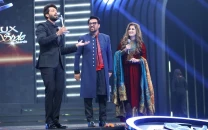













COMMENTS
Comments are moderated and generally will be posted if they are on-topic and not abusive.
For more information, please see our Comments FAQ